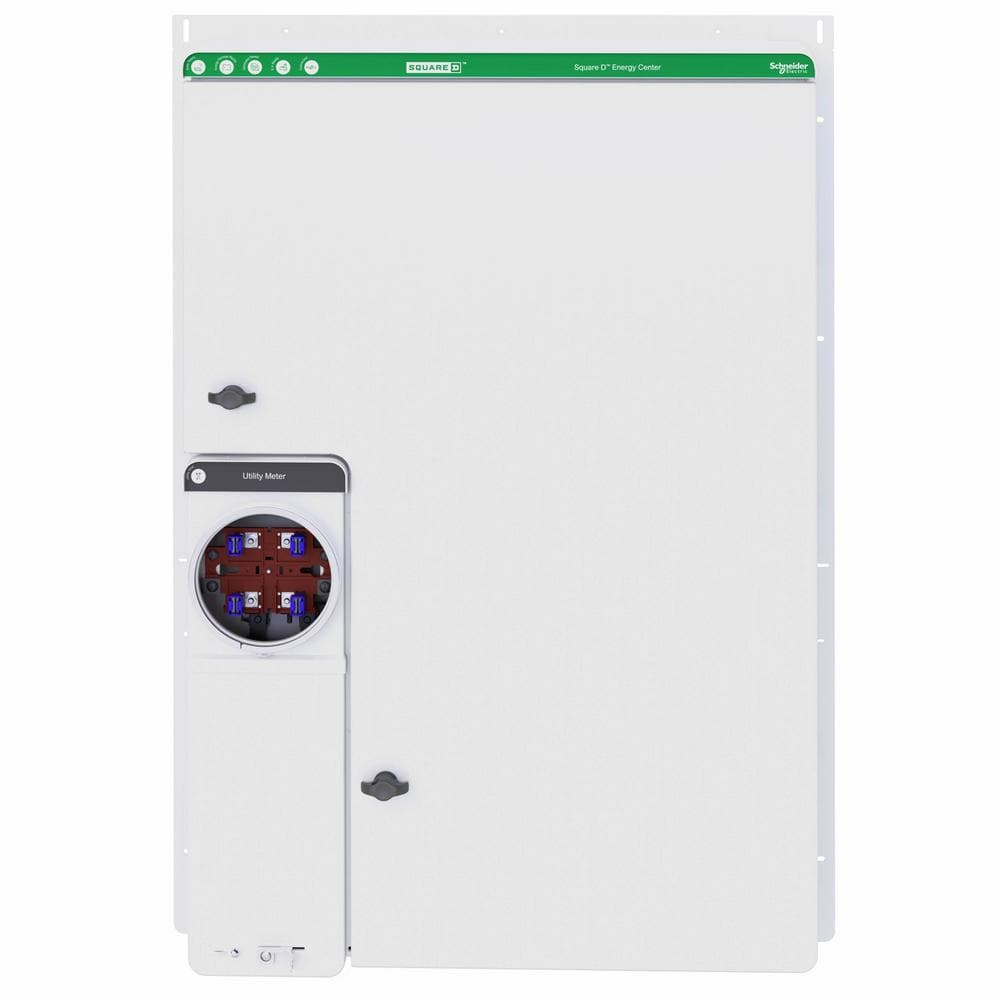tmmonty22
New Member
Any advice on electrical panel upgrades?
We have to upgrade our electrical panel when we remodel our bathrooms. I was looking at smart panels and they seem to make sense.
- use 12kwh a day.
- currently 20 year old gas water heater - replacing this year
- gas heater with ducting - 30 years old - replacing this year - looking at heat pump or radiant heat panels as an option.
Weather is mild here and no real need for air conditioning.
I want to build my own solar system and use the batteries to use as little of the grid as possible. Use the solar panels with a solar generator to charge the batteries. I know upgrading water heater and looking at heating options will increase the amount of electricity we use.
I also need to upgrade my solar system in sportmoble camper van that keeps us off the grid completely when using it.
With all that being said I wanted to use Ecoflow so I could upgrade my camper at the same time I am doing my home battery/solar system. This would allow me to use the Ecoflow batteries from the house and put in the camper when we travel. It really is silly for the batteries currently in the camper to not be used and just sit there when we are not traveling.
The reason for using the smart panel is I want the system to decide on battery vs solar and have the whole house able to be on battery during peak hours. I noticed the smart panel can restrict what batteries/ solar systems you use. I do not want a panel that just allows part of the bouse to be on battery and are mainly for power outages.
I am totally overthinking the panel?
With the SNAP smart panel you only need the electrical pane, battery and inverter. It is supposed to help the system run more efficiently with monitoring use and make adjustments.
With out a smart panel you need to have a gutter box, solar inverter, critical loads panel and auto transformer switch.
I just need to know are smart panel still too new worry about? I have to upgrade the panel and I do not want to waste the money later once I figure out want solar and battery system I plan on putting into place after the remodel.
Thanks for your input.
We have to upgrade our electrical panel when we remodel our bathrooms. I was looking at smart panels and they seem to make sense.
- use 12kwh a day.
- currently 20 year old gas water heater - replacing this year
- gas heater with ducting - 30 years old - replacing this year - looking at heat pump or radiant heat panels as an option.
Weather is mild here and no real need for air conditioning.
I want to build my own solar system and use the batteries to use as little of the grid as possible. Use the solar panels with a solar generator to charge the batteries. I know upgrading water heater and looking at heating options will increase the amount of electricity we use.
I also need to upgrade my solar system in sportmoble camper van that keeps us off the grid completely when using it.
With all that being said I wanted to use Ecoflow so I could upgrade my camper at the same time I am doing my home battery/solar system. This would allow me to use the Ecoflow batteries from the house and put in the camper when we travel. It really is silly for the batteries currently in the camper to not be used and just sit there when we are not traveling.
The reason for using the smart panel is I want the system to decide on battery vs solar and have the whole house able to be on battery during peak hours. I noticed the smart panel can restrict what batteries/ solar systems you use. I do not want a panel that just allows part of the bouse to be on battery and are mainly for power outages.
I am totally overthinking the panel?
With the SNAP smart panel you only need the electrical pane, battery and inverter. It is supposed to help the system run more efficiently with monitoring use and make adjustments.
With out a smart panel you need to have a gutter box, solar inverter, critical loads panel and auto transformer switch.
I just need to know are smart panel still too new worry about? I have to upgrade the panel and I do not want to waste the money later once I figure out want solar and battery system I plan on putting into place after the remodel.
Thanks for your input.




